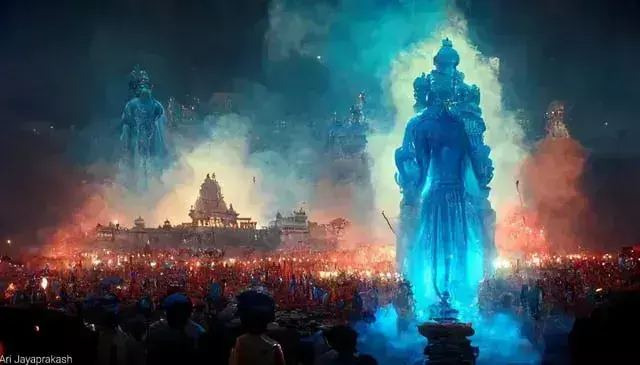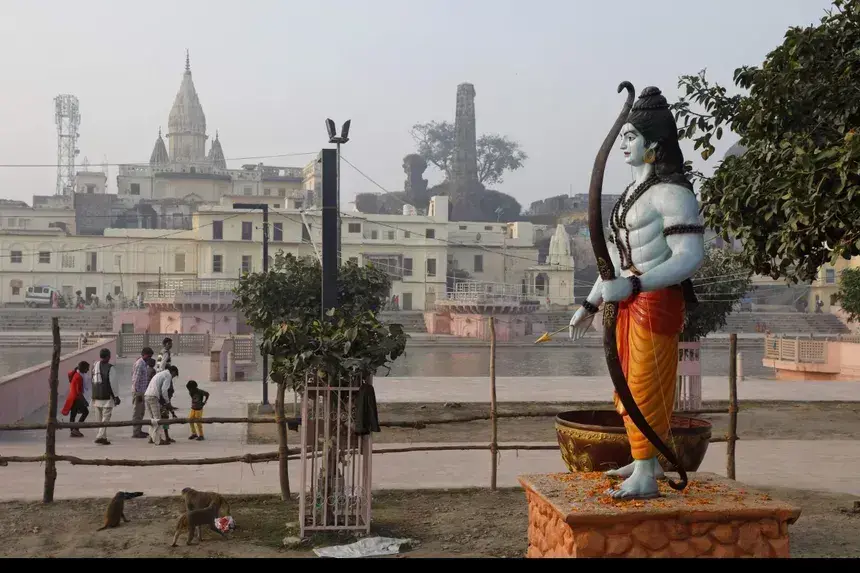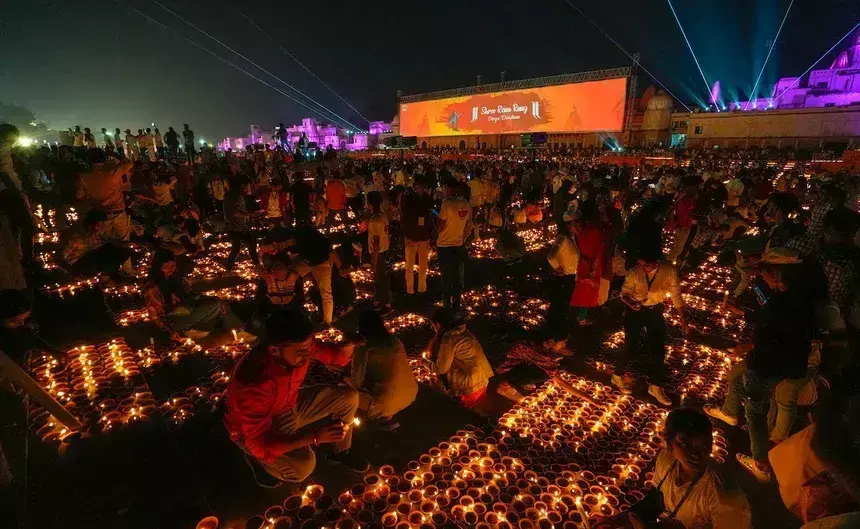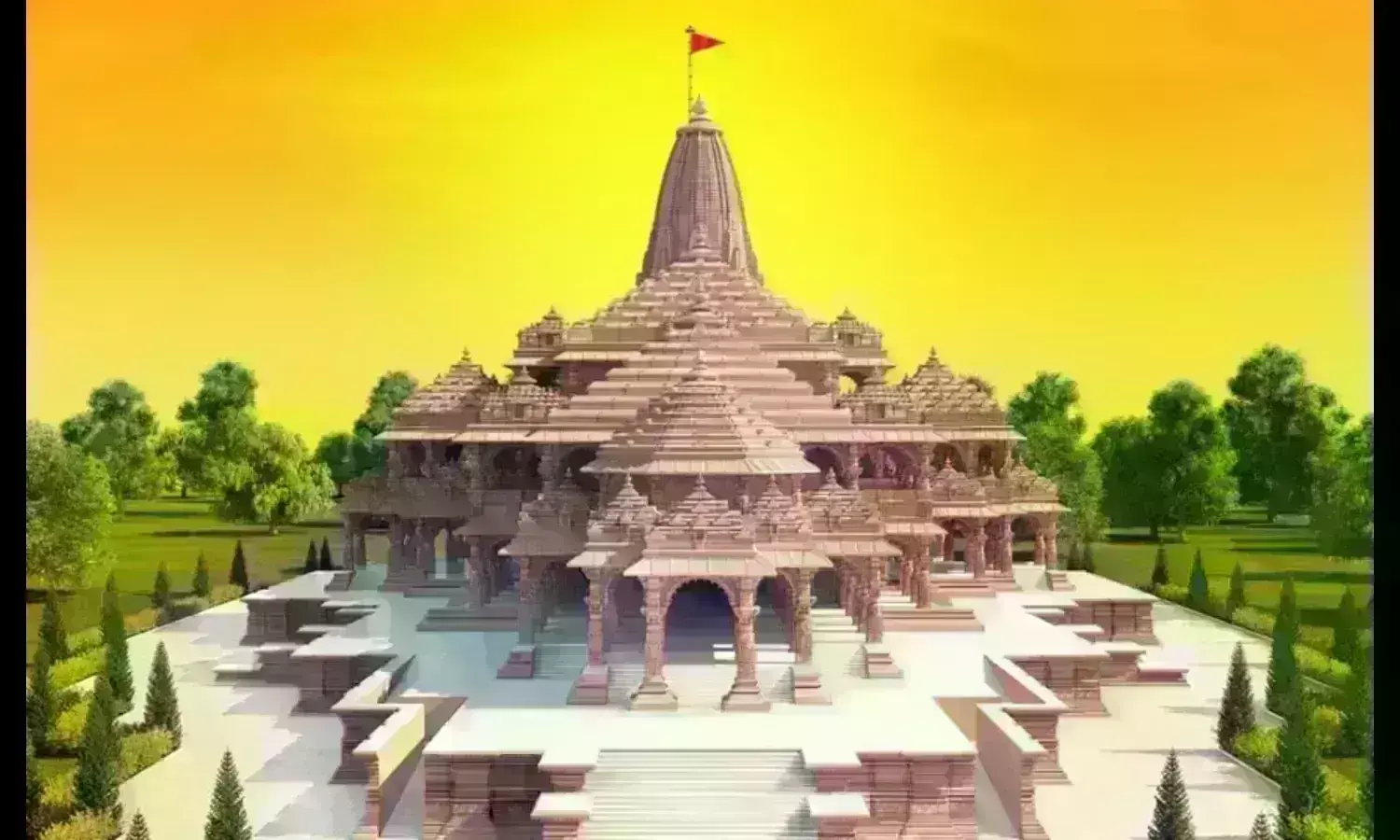From Myth to Marvel: Tracing the Rich History of Ram Mandir of Ayodhya
The Crazy Tales is bringing a series on the Ram Mandir of Ayodhya with its inauguration scheduled for January 24, 2024.
Ayodhya is home to one of the most magnificent religious architectures in India. The Lord Shri...
Already a subscriber ? Log in
To continue reading this article, subscribe here
Ayodhya is home to one of the most magnificent religious architectures in India. The Lord Shri Ram Temple, or as it is best known, Ayodhya Ram Mandir, is located in the town of Ayodhya, Uttar Pradesh, India. It has been the center of a major religious and political dispute.
The extensive history of the Ayodhya Ram Mandir holds cultural significance. The temple is thought to be located precisely where one of the revered Hindu gods, Lord Ram, is supposed to have been born. The temple was destroyed by Mughal Emperor Babur in the sixteenth century, and a mosque was built in its place. Before being destroyed in 1992 by Hindu radicals, the Babri Masjid, popularly known as the mosque, had stood in the same spot for many centuries. This act caused numerous religious communities across the country to engage in widespread conflict and violence.
For a long time, the Ayodhya dispute has been a major political concern in India. Whether or not Lord Ram's birthplace was on the land where the Babri Masjid stood was the main point of contention.

2019 saw the resolution of the conflict when the Indian Supreme Court approved the building of a Ram Janmabhoomi temple on the property. The project was given to the Shri Ram Janmabhoomi Teerth Kshetra, a trust established by the Indian government to supervise the temple's construction.
After the honorable Supreme Court's judgment, Hindus worldwide are thrilled about the resurrection of the new Ram Mandir at Ram Janm Bhumi in 2024. The set date for the opening of the temple is January 24, 2024, and Prime Minister Shri Narendra Modi will inaugurate it. The temple is expected to be completed on February 24, 2024.
On the auspicious eve of the inauguration of the Ayodhya Ram Mandir, let us know about the history of the sacred place.
Ayodhya city was formerly known as Saketa, and it has a rich heritage dating back to the fifth or sixth century B.C. The city is situated on the banks of the Sarayu River and has attracted pilgrims and historians who are fascinated with the city's mythology.
According to Hindu mythology, the ancient Kosala kingdom had its capital set in Ayodhya, and it was also the birthplace of Lord Ram. The city has seen some illustrious rulers such as Prithu, Harishchandra, Bhagirath, Dileep, Dashrath, Ikshvaku, and Lord Ram. The Kosala kingdom has been described as a prosperous and harmonious kingdom in the epic of the Ramayana.

During the Buddhist era from the 6th to the 5th century BCE, Shravasti emerged as the capital of the kingdom. There are certain scholars who believe that Saketa, the alleged residence of Buddha for a period, and Ayodhya are identical locations. Over time, Ayodhya emerged as a prominent center for Buddhism during the reigns of the Mauryan and Gupta dynasties, witnessing the construction of stupas and monasteries in the area.
Ayodhya is also believed to have existed since the Treta Yug, which is an ancient era according to Hindu astrology and cosmology.
Furthermore, Ayodhya is also home to Sita ki Rasoi, which is believed to be the place where Goddess Sita, wife of Lord Ram, cooked meals during her stay in Ayodhya. Hanuman Garhi is also present in the city of Ayodhya, which has a temple dedicated to Lord Hanuman.
Every year, the city celebrates Deepotsav, which is a festival celebrated with thousands of earthen lamps. This festival showcases its spiritual and cultural vibrancy.

Some other places to visit in the city of Ayodhya, Uttar Pradesh, are Ramkot, Tulsi Smarak Bhawan, Kanak Bhawan, Dashrath Bhawan, and Mani Parbat.
Every year, thousands of pilgrims and tourists continue to visit Ayodhya, and the city stands as a testament to its unwavering devotion to religious faith.
Image Source: Google




